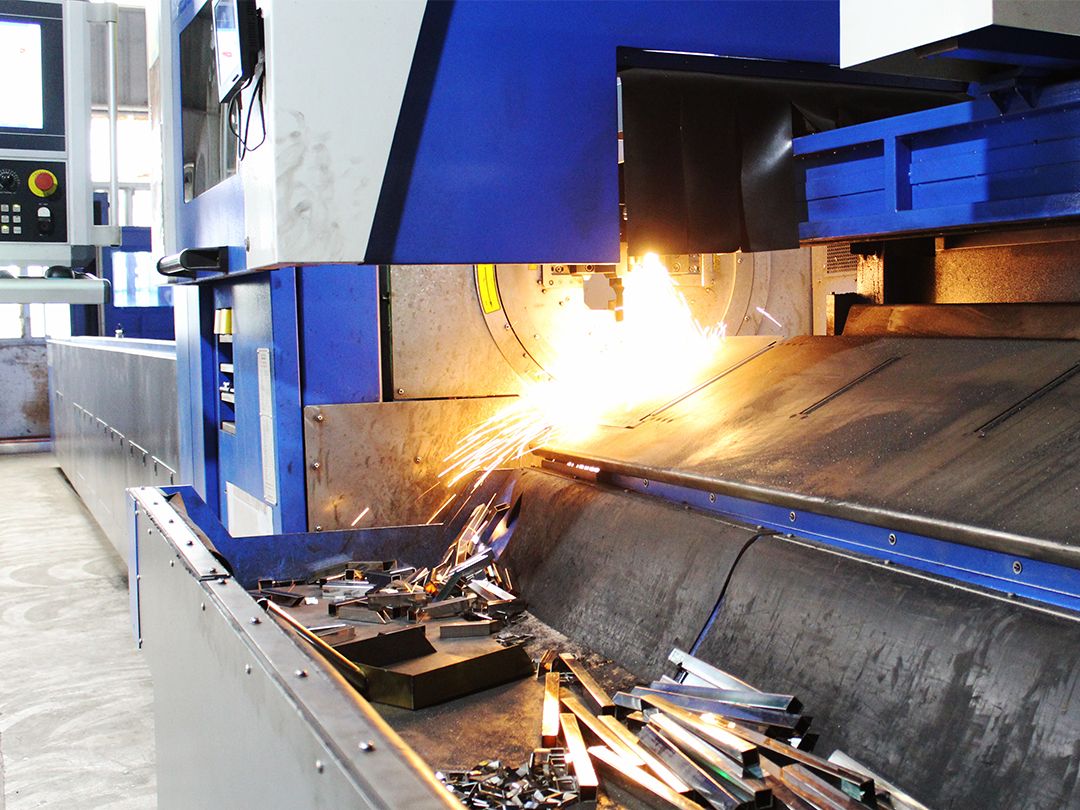Sheet metal fabrication involves several steps, including:
- Designing: Create a detailed design or blueprint of the desired sheet metal product, including specifications, dimensions, and any specific features or requirements.
- Material Selection: Choose the appropriate sheet metal material for the application, considering factors like strength, durability, and compatibility with other components.
- Cutting: Cut the sheet metal into the desired size and shape using tools such as shears, saws, or laser cutters.
- Forming: Shape the sheet metal using techniques like bending, folding, or rolling to achieve the desired form or structure. This can be done with various tools, including press brakes, rollers, or bending machines.
- Joining: Assemble the different sheet metal components by joining them together. Common methods include welding, riveting, soldering, or using adhesives.
- Finishing: Apply surface finishes or coatings to improve the appearance, protect against corrosion, or enhance the functionality of the sheet metal product. This may involve processes like sanding, grinding, polishing, painting, or powder coating.
- Assembly: If the sheet metal product consists of multiple parts, assemble them together, ensuring proper alignment and secure fastening.
- Quality Control: Inspect the final product to ensure it meets the design specifications, dimensions, and quality standards. This can include measurements, visual inspection, and any necessary testing or verification.
- Packaging and Shipping: Safely package the finished sheet metal product to protect it during transportation and deliver it to the customer or designated destination.
Throughout the process, it is important to follow safety protocols and use appropriate personal protective equipment (PPE) to ensure the well-being of the workers and the quality of the final product.
Post time: Jul-18-2023




